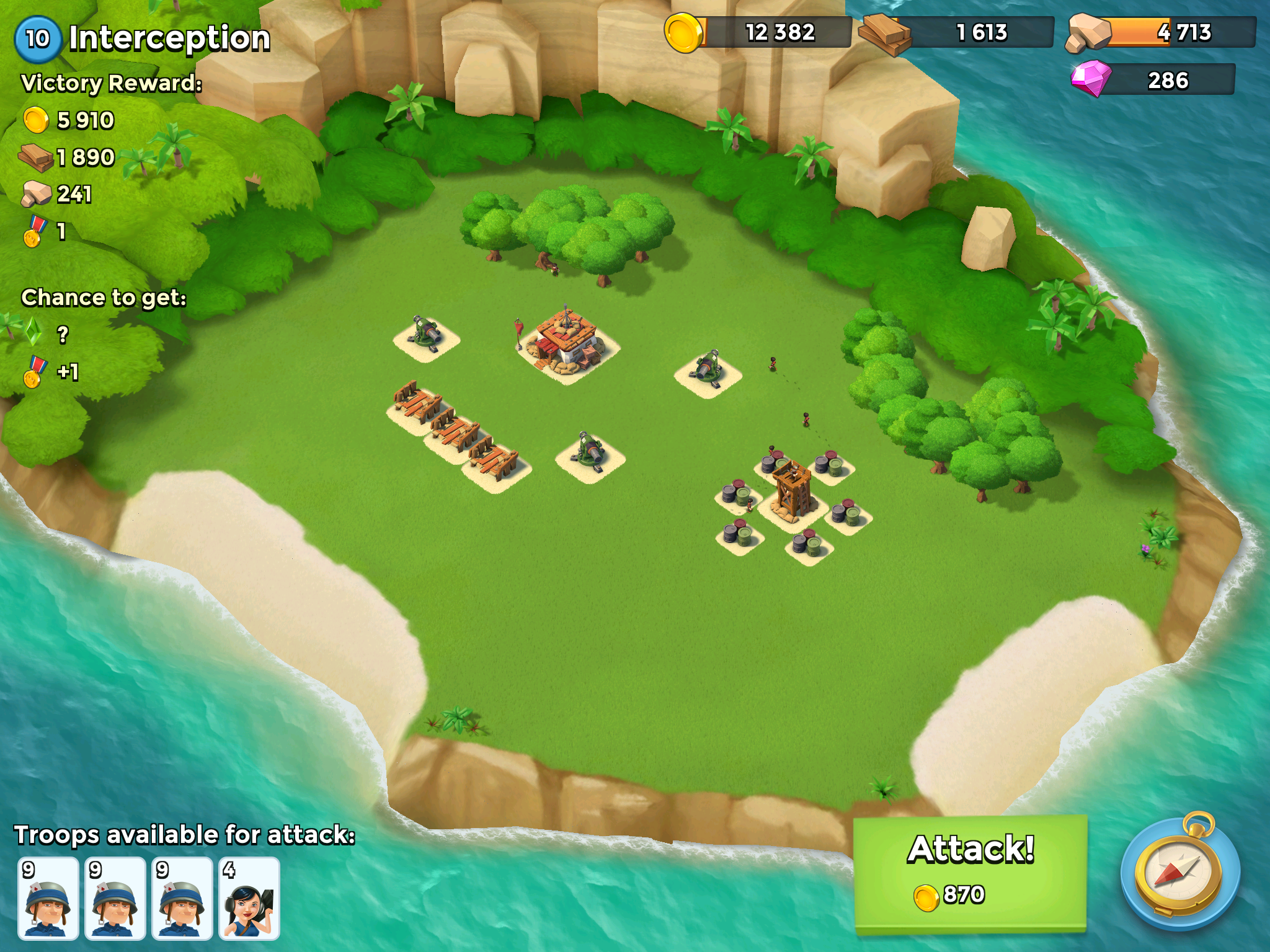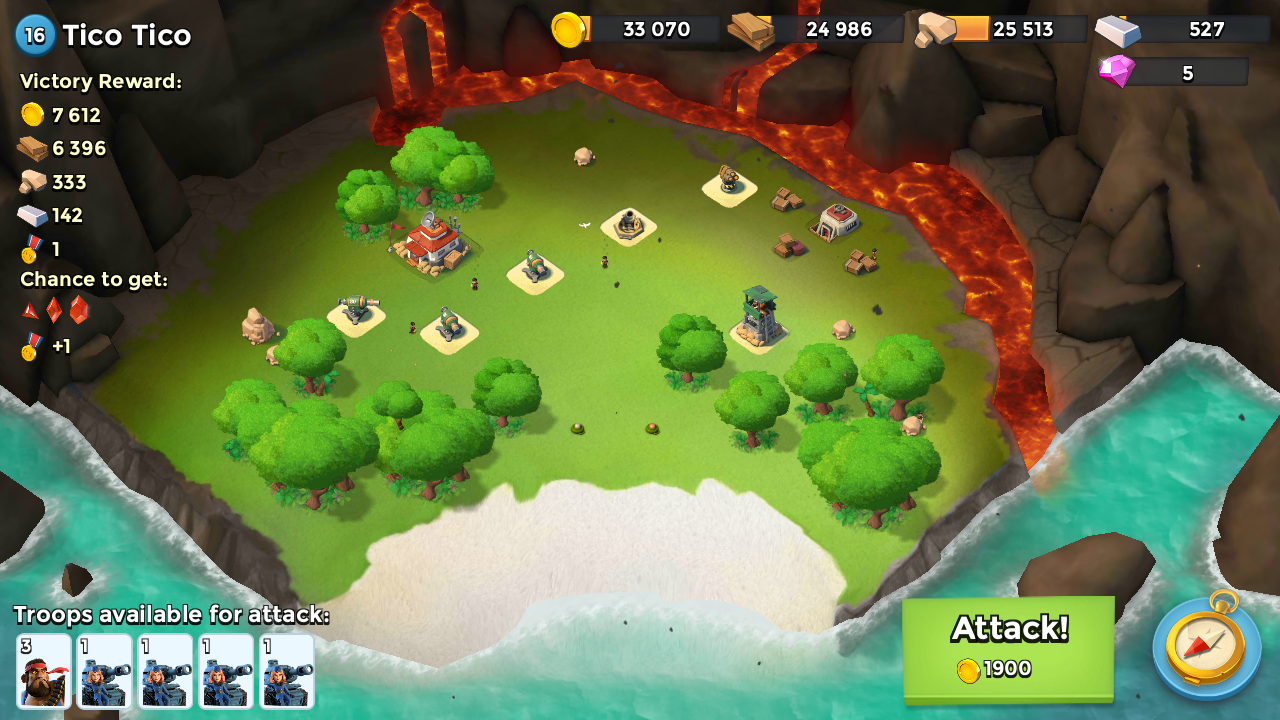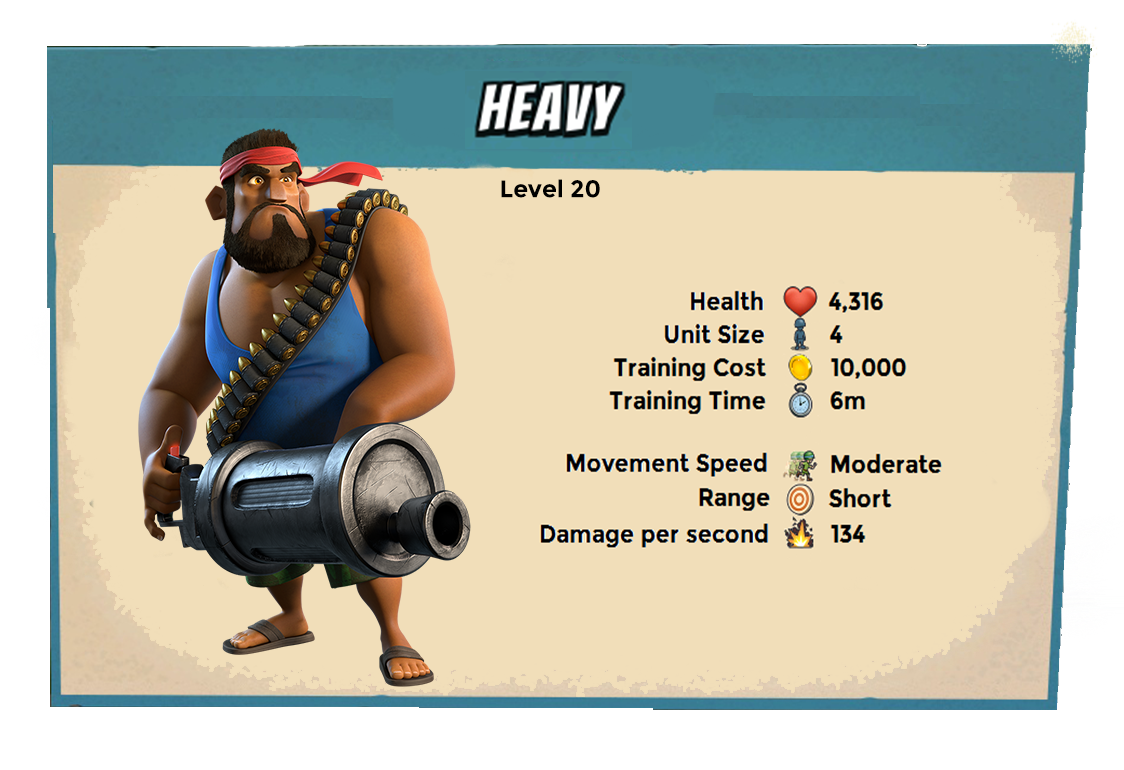
History Īndrew Higgins started out in the lumber business, but gradually moved into boat building, which became his sole operation after the lumber transport company he was running entered bankruptcy in 1930. The Higgins boat was built in New Orleans, Louisiana. Other vehicles such as the Landing Vehicle Tracked were later created to meet those drawbacks in amphibious operations. The boat's thin armor left it vulnerable to heavier enemy fire, and it was found that extremely shallow water and hard obstructions such as reefs could stop the boat. It was possible for the Higgins boat to swiftly disembark men and supplies, reverse itself off the beach, and return to the supply ship for another load within three to four minutes. The steel ramp at the front could be lowered quickly.

Its shallow draft (3 feet aft and 2 feet, 2 inches forward) enabled it to run up onto the shoreline, and a semi-tunnel built into its hull protected the propeller from sand and other debris. The Higgins boat could hold either a 36-man platoon, a jeep and a 12-man squad, or 8,000 lb (3.6 t) of cargo. Since its sides and rear were made of plywood, it offered limited protection from enemy fire but also reduced cost and saved steel. Powered by a 225-horsepower Gray Marine 6-71 diesel engine at a maximum speed of 12 knots, it would sway in choppy seas, causing seasickness. Design Īt just over 36 ft (11 m) long and just under 11 ft (3.4 m) wide, the LCVP was not a large craft. Taking the last letter of the LCVP designation, sailors often nicknamed the Higgins Boat the "Papa Boat" or "Peter Boat" to differentiate it from other landing craft such as the LCU and the LCM, with the LCM being called the "Mike Boat". More than 23,358 were built, by Higgins Industries and licensees. Men generally entered the boat by climbing down a cargo net hung from the side of their troop transport they exited by charging down the boat's lowered bow ramp.ĭesigner Andrew Higgins based it on boats made for operating in swamps and marshes. Typically constructed from plywood, this shallow-draft, barge-like boat could ferry a roughly platoon-sized complement of 36 men to shore at 9 knots (17 km/h). The landing craft, vehicle, personnel (LCVP) or Higgins boat was a landing craft used extensively by the Allied forces in amphibious landings in World War II.


Maritime Squadron of the Armed Forces of Malta.


 0 kommentar(er)
0 kommentar(er)
